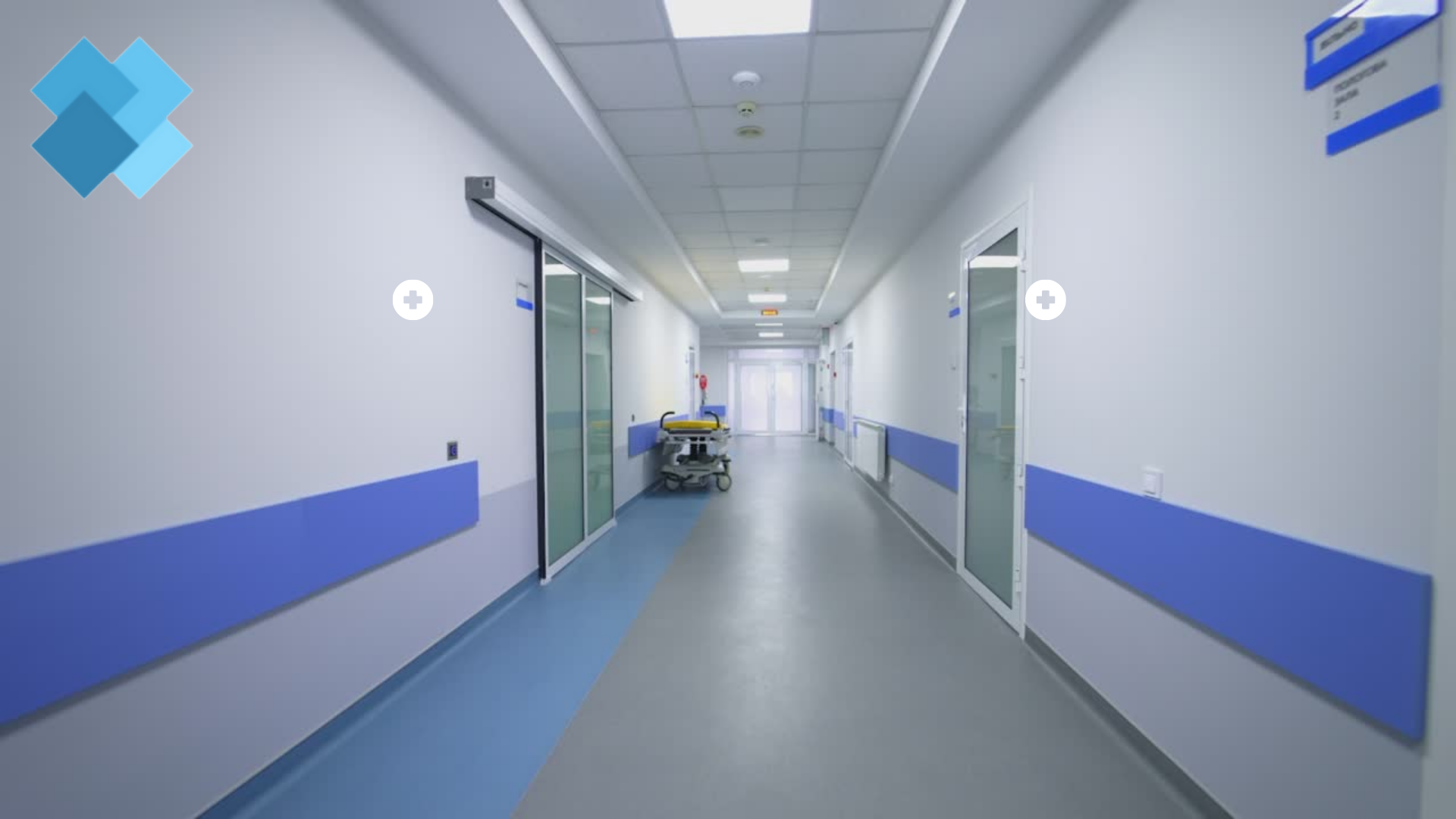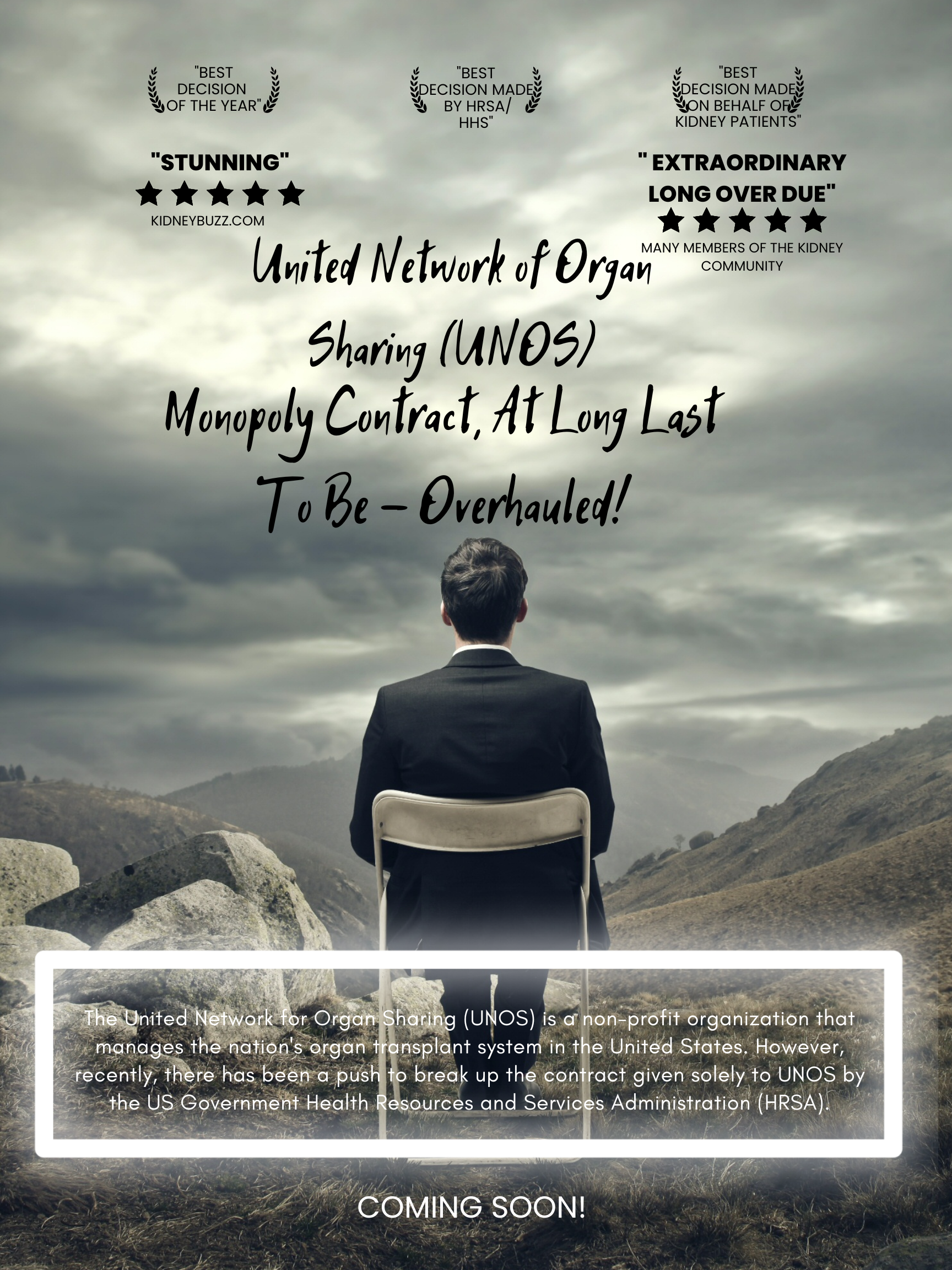There are two federal and state databases where patients and their families can search online for ratings and safety information on outpatient dialysis clinics.
The U.S. Centers for Medicare and Medicaid Services provides an online databasewhere users can compare facilities. The website shows two types of ratings: one for quality and another based on patient surveys. These ratings are based on a five star system, with three stars representing the national average. The quality rating system includes a series of “quality of care” measures ranging from avoidance of hospitalization and deaths to quality of waste removal from the blood.
State health department licensing inspections do not show up on this website. In Arizona, they can be found at azcarecheck.com. The website displays the past three years of compliance surveys and enforcement actions. Dialysis clinics are listed under medical facilities.
Kliger said it is important to look at all factors involved, such as questioning whether there is an appropriate amount of staff, sufficient training and testing, and quality of leadership, for example.
Large dialysis companies are aware of this process, he added, but “my experience has been some, I think, do a better job at it than others.”
In order to address concerns about issues with dialysis and kidney disease in Arizona, ADHS has worked since 2013 to gather national and state-level stakeholders once a year at a conference called the ADVICE Collaborative. This multidisciplinary gathering of dialysis and other end-stage renal disease health care providers is meant to “share and gain knowledge on best practices in the areas of patient engagement, emergency preparedness, and infection prevention.”
ADHS spokesperson Elliott said in a statement that feedback from this collaborative has been “consistently positive” and that it has been recognized nationally by the U.S. as a “best practice.”
“They should get a lot of credit for that,” Conway said about Arizona’s collaborative conference. “I wish every state would do what Arizona has tried to do and has done for the past several years.”
Pandemic adds risk, causes critical shortages
In addition to COVID-19 posing a serious risk to immunocompromised patients who receive treatment in a congregate setting, fallout from the pandemic has caused critical supply and staffing shortages in dialysis clinics across the U.S.
About 15,000 more dialysis patients died in 2020 than is typical, according to the United States Renal Data System. Experts think this is likely because of COVID.
“We've actually seen a decline in the total number of patients in the United States on dialysis. Dialysis patient mortality rates have been very high,” said Dr. Paul Palevsky, a professor of medicine at the University of Pittsburgh and president of the National Kidney Foundation.
This is the first time patient numbers have declined in the 50-year history of the Medicare-funded end-stage renal disease program, he said.
A January 2022 joint release from the National Kidney Foundation and the American Society of Nephrology points out that “COVID-19 continues to run rampant through dialysis facilities,” and there are staff and supply shortages that have “resulted in dialysis facility closures and backlogs in moving patients among dialysis, hospitals, and Skilled Nursing Facilities.”
“It's high intensity, high risk, and you have to be self aware,” Conway said about dialysis treatment at outpatient clinics. The risks to patients have been particularly high since the start of the pandemic, he added, in part because “our concern has been that those people at the point of care have not been fully resourced.”
Current dialysis patient Mark Canavan said he looked into changing facilities from his Fresenius clinic in the West Valley over the past year, but he “couldn’t even get a tour” of other facilities because they didn’t have space, he said.
He said he has noticed “too many patients for not enough staff, unforgiving schedules, condensed operating hours and perhaps most ridiculous of all being required to work while being demonstrably ill” at his current clinic.
He is concerned more than ever about the safety of his fragile bloodstream access port, which has ruptured more than once, a complication that is considered a medical emergency because it can result in severe, difficult to stop bleeding.
A recently published survey in the Nephrology Nursing Journal conducted during the pandemic shows 62% of respondents feel burned out from work. More than one-quarter of nephrology nurses surveyed agreed that the size of their workload caused them to miss “an important change in a patient’s condition.”
In his 50 years as a nephrologist, Kliger said he has never seen such a severe staffing crisis in dialysis. Currently, he is the co-chair of the COVID-19 response group for the American Society of Nephrology.
He said staff numbers are down 25 to 40% in some places. “And why are they down? In part, because people have left the profession and part it's because after two years, people say ‘I can't stand it anymore.’”
Clinics have been left to reduce hours and close clinics in order to concentrate patients where there is enough staff, he added.
Non-profit dialysis provider Dialysis Clinic, Inc, which has four clinics in Arizona, wrote in an emailed statement that it has experienced some staffing challenges but has been able to meet patient needs using traveling nurses and managers filling in.
DaVita spokesperson Courtney Culpepper wrote in an email that “staffing challenges and supply disruptions are impacting all providers,” but care has been “continually accessible” across Arizona.
Brad Puffer, Fresenius spokesperson, referred AZCIR to a company statement that said the company has pulled in regional National Guard members “where needed” and “accelerated local hiring efforts” to solve these issues.
Kuwahara no longer needs to seek ongoing dialysis treatments: She got a new kidney in December 2019, right before the pandemic swept the globe.
She has decided to change careers moving forward, based in large part after her experience with a hard-to-reach social worker at U.S. Renal Care Northeast Phoenix. She is now finishing pre-requisite courses for a degree in social work so she can become a dialysis clinic social worker herself.
Clinics have social workers to help patients cope with the stress of dialysis and connect them with programs that could help them outside of the dialysis chair, like free rides and dental examinations.
“Your physical health and your mental health are intertwined, and for a lot of patients, going into dialysis can be extremely hard,” she said, so her next goal is to help them navigate that world.
“This is something that I really want to do.”
This report was first published by the Arizona Center for Investigative Reporting.
















































A study supported by the National Institutes of Health found that people who experienced acute kidney injury (AKI) during a hospitalization, including those admitted with AKI or who developed AKI in the hospital, were more likely to revisit the hospital or die shortly after discharge, compared to people hospitalized without AKI. AKI is a sudden loss of kidney function that usually lasts for a short time. The research, funded by NIH’s National Institute of Diabetes and Digestive and Kidney Diseases (NIDDK), was published in the American Journal of Kidney Diseases(link is external)